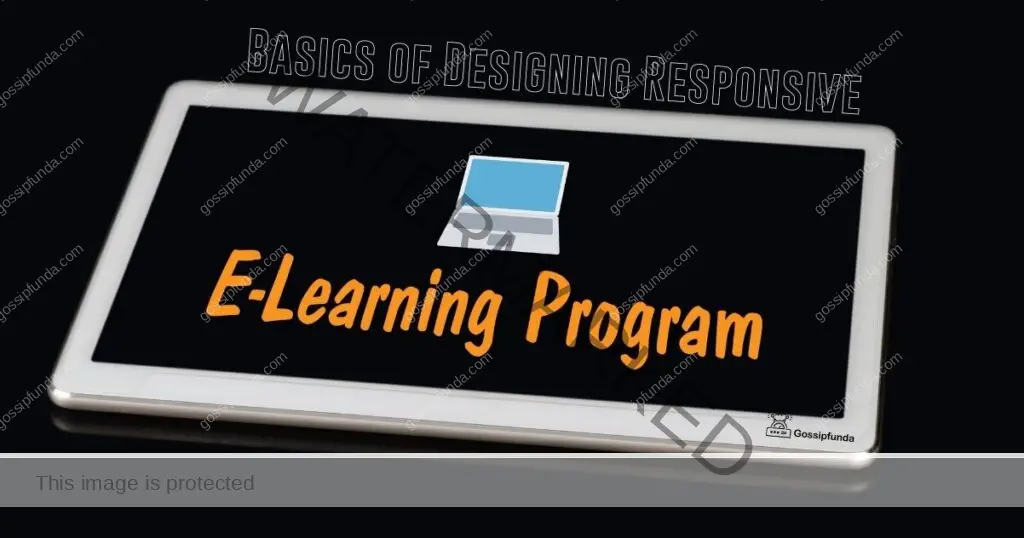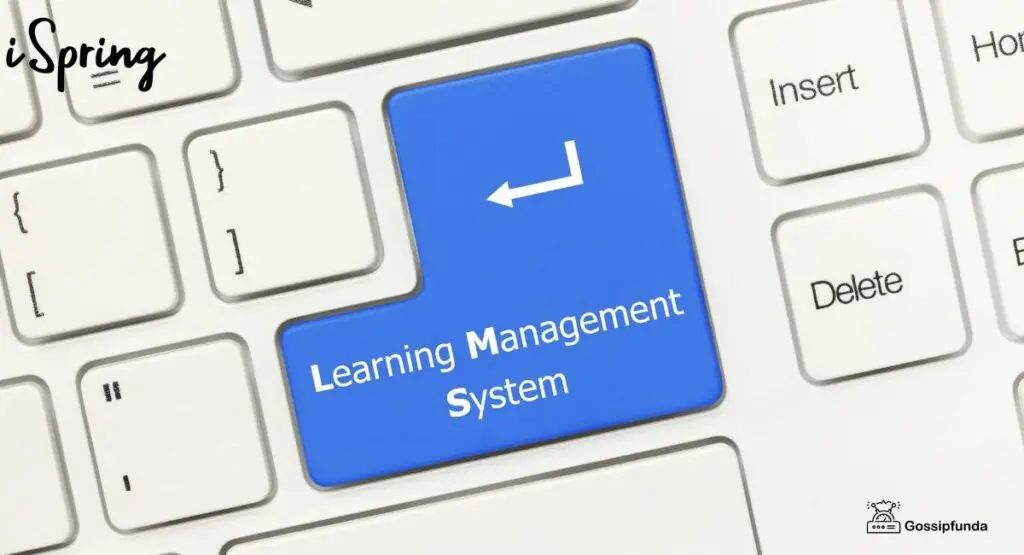The technology life cycle is a notion that not only applies to physical products but also to software, platforms, and even methodologies. They go through similar stages of development, adoption, and withdrawal and consist of standard phases.
Understanding the tech product life cycle is important to businesses and investors, but also to all those who work with it. Suppose, a programmer wants to find the best country for software engineers to apply their skills and work on a new product in the field. Knowing the product life cycle will allow understanding the current demand and future prospects of their skills.
So, what are the main concepts of the product life cycle and which development phases it goes through? Let’s deep dive.

Main Stages of Technology Development Life Cycle
The technology life cycle includes its commercial gain combining the costs spent on research and development and the final return that you’ll usually gain when the product is live and in demand. It can be broken down into several stages, each representing a phase in the technology’s development, market penetration, saturation, and withdrawal. The typical phases are broken down in the following way.
Research and Development
Whether we talk about a new technology or a new product, it starts with the research and development phase. It’s exactly at this stage that the new ideas are born and transformed into viable products or processes. This phase is critical for the innovation and future success of any technology.
At this stage technology development life cycle goes through idea generation, feasibility assessment, prototype development and testing, market analysis, intellectual property protection, and all the compliance and approvals. It’s quite a long way, but very critical to make a product come to live.
Introduction to the Market
Once the development is accomplished and all the approvals received, we launch the product and make it available to the market. Introduction to the market also involves such steps as building awareness among consumers, collecting statistics and feedback for further improvement, developing distribution channels for sales, and monitoring market response to assess whether the new product is successful.
The introduction stage is the riskiest one. If the development phase was accomplished successfully and all the analyses showed the demand, the launch will show the success. But, you cannot guarantee 100% the acceptance of the new technology. Success during this stage requires effective marketing, adaptability, and a clear value proposition. They will be the main contributors to the future success.
Growth
At this stage, your technology development life cycle is at its peak. It means that the team of developers, engineers, marketing, sales and many others did their job well. The technology experiences a sharp increase in sales as more consumers become aware of it, understand its value, and start adopting it. But, the success of the technology also attracts competition.
To capitalize on growing demand, companies expand their distribution channels. At the same time, as production volumes increase, companies may achieve economies of scale, leading to reduced costs per unit. It’s also at this stage that you should establish a strong brand, which will help consumers differentiate your product from the competitors’.
Maturity
At the maturity stage, sales volume has reached its peak, but the rate of growth slows down significantly. The technology life cycle is well-established, and the majority of the target market is already using it. Companies seek ways to improve operational efficiencies to reduce costs. This may involve optimizing manufacturing, production processes, or exploring cost-effective marketing strategies.
Companies that plan in advance begin to prepare for the inevitable decline of the product that will come anyway, sooner or later. They invest in research and development for the next generation of technologies or new product lines. Decisions at this stage become real game-changers and influence the longevity of the product’s profitability. They will show the company’s ability to innovate and transition to new opportunities.
Decline
This is the final stage of the life cycle, marked by decrease of sales and the replacement of the product by newer and more innovative ones. This stage presents significant challenges for businesses. They start focusing on new strategies to manage the decline effectively or to switch to new opportunities.
While the product is still present, it can be transferred to niche markets or other geographies, where it can still be in demand. This strategy can prolong the product’s life cycle, while the research and development work on its replacement. In general, the decline stage requires minimizing losses, capitalizing on any remaining opportunities, and reallocating resources to more promising areas.
How Understanding the Tech Life Cycle Can Serve Us?
Understanding which stages the product or the technology goes through is important for all those, who will work on it and implement it. The technology life cycle offers a predictive model for the progression of a technology or product from conception to disruption. Following the stages of the technology, businesses can make strategic decisions which involve investment, resource allocation, development, and marketing.
When you’re aware of all the stages of the product life cycle, you can easily adapt to market conditions, predict the direction of your business, and extend its profitability. It serves you as a compass in the market complexity and trends. By understanding and utilizing this cycle, you can make important decisions that go hand in hand with strategic goals and market dynamics.
Awill Guru is a technology enthusiast with degrees in VLSI Engineering (B.Tech, M.Tech) and Android Development. Their passion for education drives them to teach and share knowledge through their blog. He also hold qualifications in Sociology (M.A.) and Education (B.Ed), along with NIELIT O and A Level certifications.


